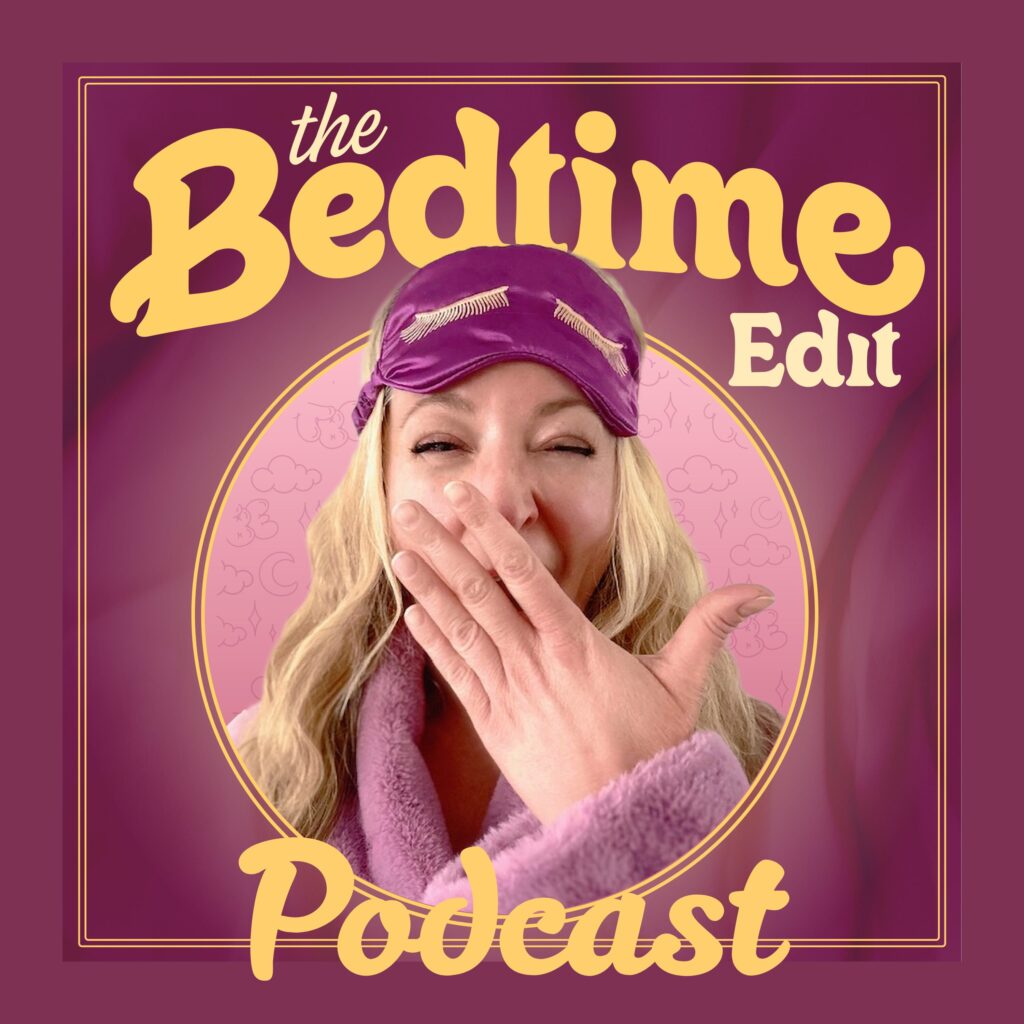During the first two years of our babies’ lives, there are so many milestones we watch for and celebrate as parents. Everything from the first smile and giggle, popping through of teeth, first haircut and countless other important occasions. As our children grow, we recognize there are periods of physical growth spurts wherein the baby clothes you purchased last week are too small.
Sign Up For Our Newsletter
What is a mental/developmental growth spurt?
Alike to physical growth spurts, during our children’s first years of life. there are periods of mental neurological development. These are mental growth spurts. Some of these mental growths we physically can watch happen in our children such as rolling, sitting, crawling, pulling to stand and then walking. There are other areas of neurological development that we don’t see as physical change, but instead we see a change in their understanding of the world around them. This includes things like identification of faces, object permanence, understanding of categories such as animals, connections between words and actions, language acquisition and the dreaded separation anxiety. Often the age-related timing of these mental growth spurts align with ages where we traditionally see sleep regressions and nap transitions. This is not entirely a coincidence. For example, when babies are between about 12 weeks to 19 weeks of age, we see them mastering more body and neck control along with showing shyness with strangers. At this same age, we commonly see a sleep regression. Similarly, around 13 months of age, separation anxiety can increase. This change in behaviour is related to our baby’s understanding of the world around them, and although difficult, this is a progression in development. However, this newfound anxiety frequently brings sleep troubles along with it.
How does this affect behaviour and sleep?
These neurological developments and mental growth spurts can be really tough on our little one’s sleep. As the brain is working on new skills and forming new connections, it can cause sleep disruptions to show up. The new changes are advancement for our children and they’re learning as they experience everything. This can make children cry more frequently, seek out more physical touch and attention, and they may exhibit irritable behaviour. We may also see babies begin to get more frustrated with routines, show fear over a parent leaving the room at bedtime or boundary testing. Overall, babies can seem generally fussy when going through these spurts. Sometimes, if during one of these spurts, a baby is struggling with naptime, parents may make a quick assumption that it’s time to drop the nap or that they should make bedtime later. Don’t jump to these conclusions too quickly!
What can we do to manage these?
When sleep disruptions are at play, it is very easy to slide into old habits of helping our children to sleep, which can then reintroduce sleep associations. Instead of this, maintain your good sleep habits for independent sleep and use consistency and routine in your plan. This is a phase of development and following the skill acquisition, regular sleep will return.
Additionally, be patient and remember that this is a period of development for your child. This is all progress towards their learning and skills. During the daytime, offer lots of practice of budding skills along positive actions and attitudes. Secondly, if sleep is being disrupted or fragmented during this period of a mental growth spurt, offer an early bedtime to counteract overtiredness. Sleep is very beneficial within these mental growth times as it helps our brains acquire new skills, adapt and be rested for the practice to come the next day.










